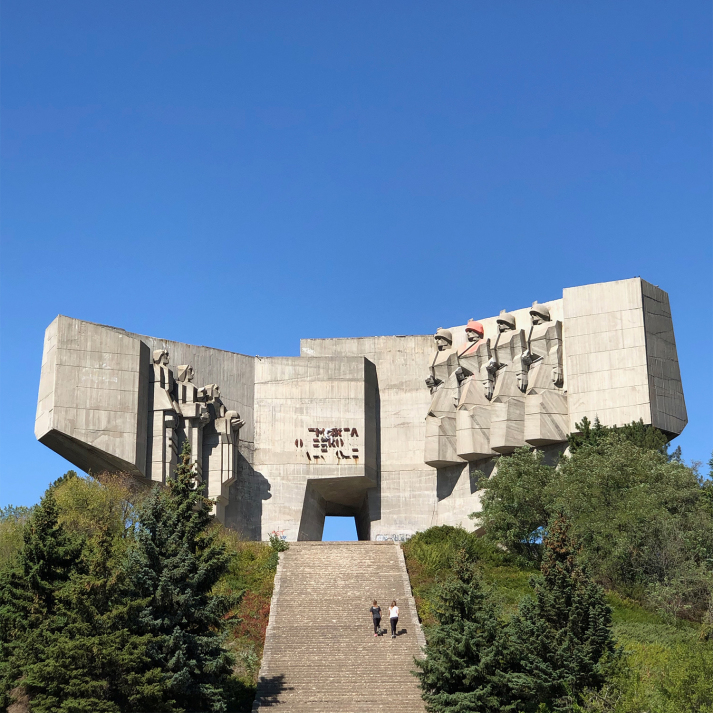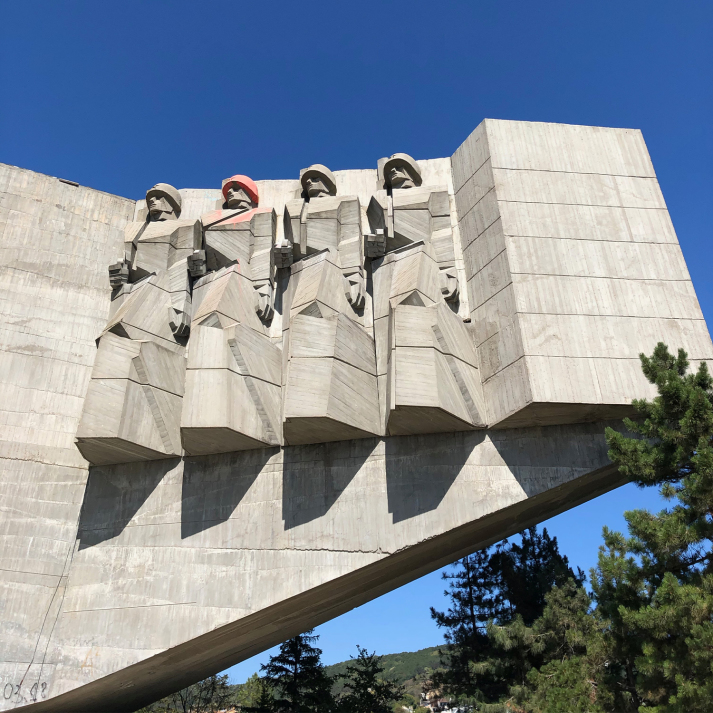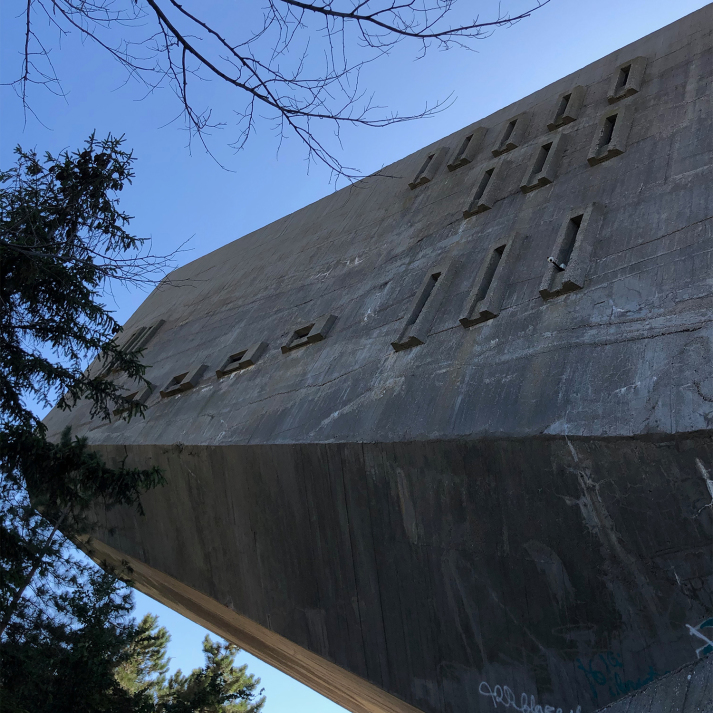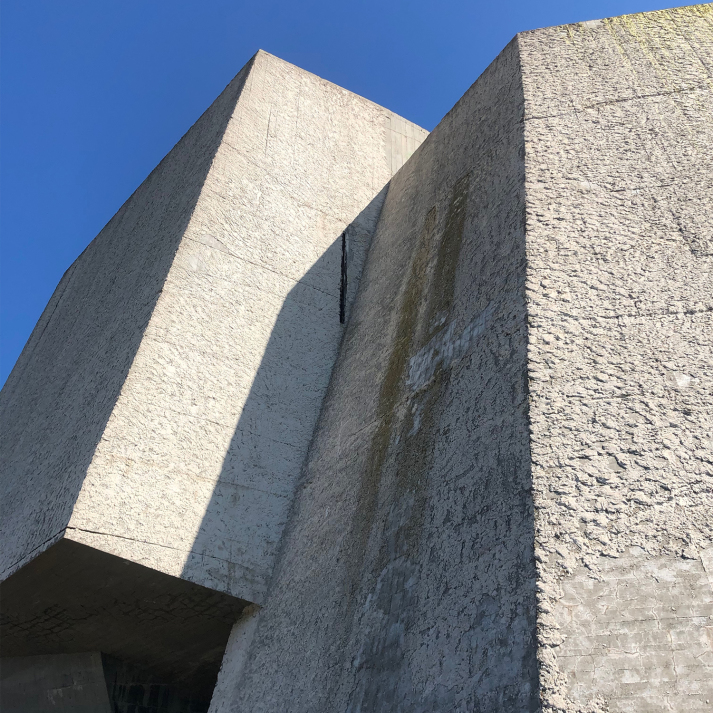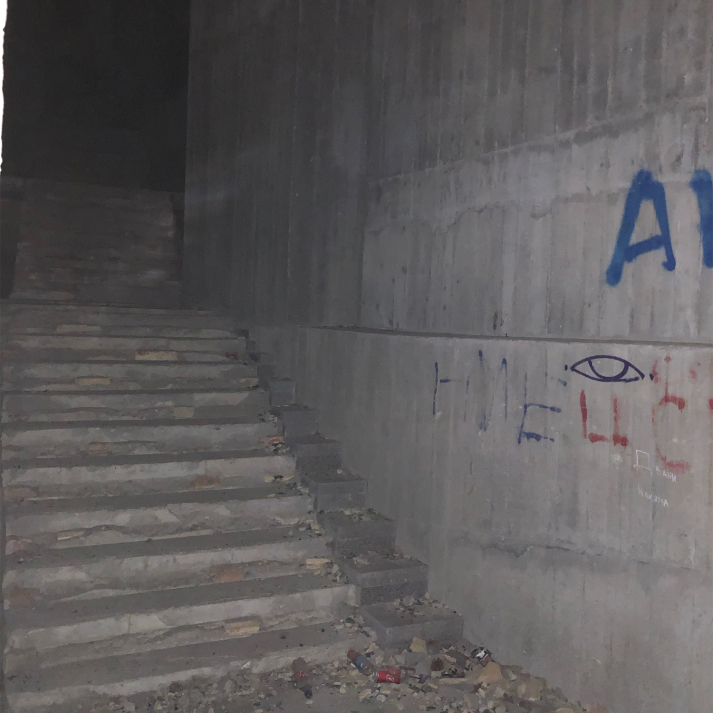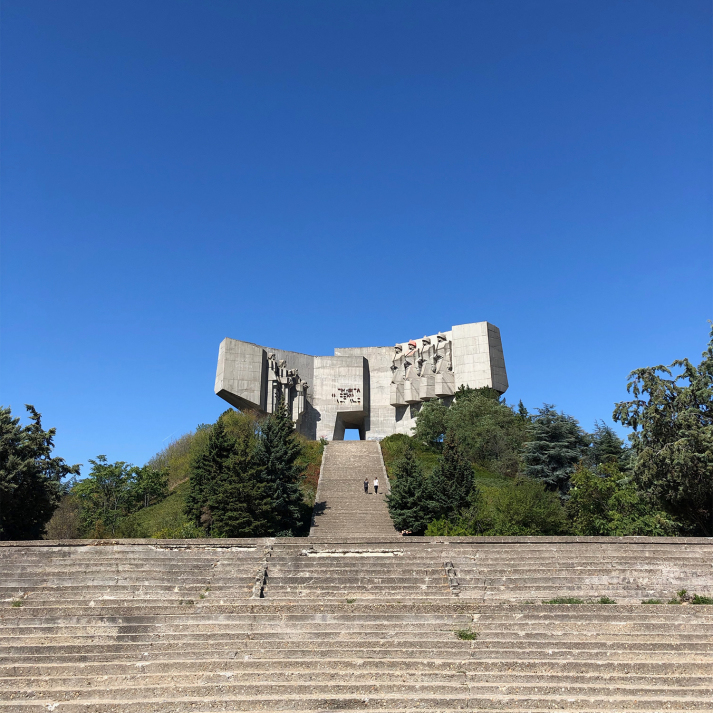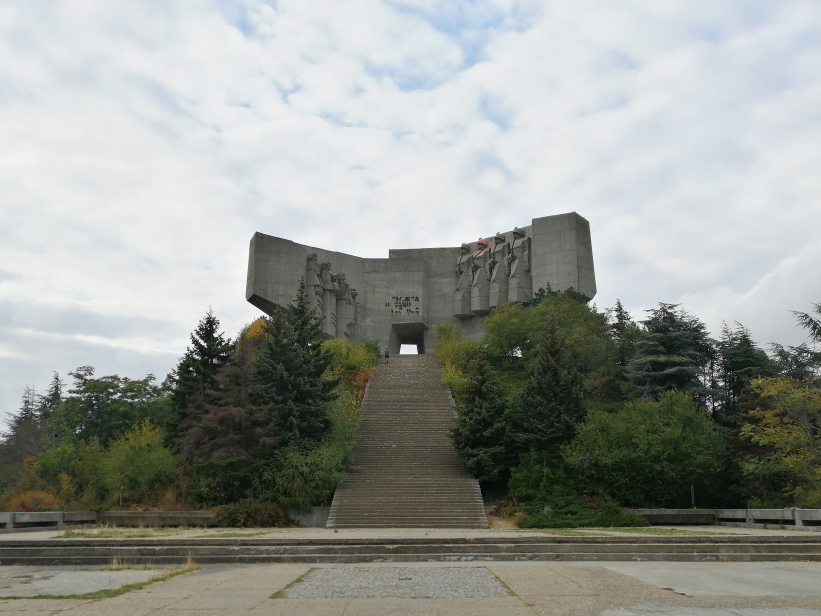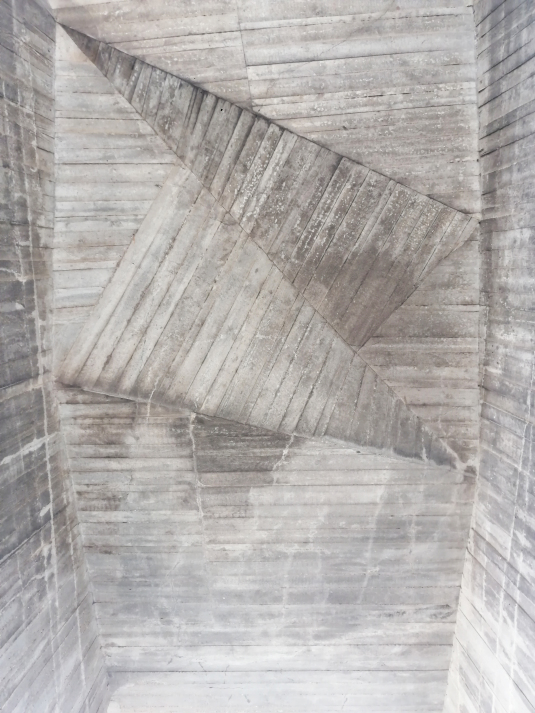Kamen Goranov: Monument to the Bulgarian-Soviet Friendship , 1978
- Varna (Варна) , Bulgaria, Show on map
- #GOV #Eastern Europe
-
Built to commemorate a fraternal friendship between the People’s Republic of Bulgaria and the Soviet Union, the 48m wide, 23m tall concrete structure was built atop Turna Hill, a place on which Russians helped Bulgarians fight against Ottoman forces that had control over the city of Varna in the late 1800s.
Its construction began in 1974 following a national contest in 1973. The project was won by architect Karmen Goranov and a team of sculptors Evgeni Barâmov and Alyosha Kafedzhiyski).
The original bronze inscription above the entrance once read “Friendship for centuries throughout centuries” (though these were later looted once the political system fell in 1989). The monument aimed to symbolize a bird of peace facing outwards towards across the Black Sea and towards the former Soviet Union. On its left wing, it depicts three Bulgarian women offering salt, bread, and Bulgaria’s national flower, the rose. On its right wing, four Soviet soldiers all facing towards Moscow.
Inside the monument, it consisted of numerous passages and chambers which originally served as memorial and museum purposes. The inside also had a bookstore and a library and, directly underneath the 305 steps on the surface, were another set of steps leading down into the hill which eventually opened into a bunker. The shape of the exterior is very deceptive to what the interior contains. Many secrets now lay hidden from passers by.
-
The monument’s bold concrete wings remain open atop the hill, tut ever since the change to democracy in Bulgaria, the monument’s structural integrity is only a shadow of what it once was.
Once a grand, powerful, and emblematic presence now remains in ruin. Graffiti, uneven concrete and stone tilling, and barred entrances are common for these majestic Soviet-era monoliths. Its interior is indefinitely locked, with only small crevices that allow for some light to shine through, giving visitors only a mere glimpse of what once was.
The entrances were somewhat open up until a few years ago but they are now welded shut.
Present-day concern is over the fact that the entire structure seems to be sinking in on itself with the potential risk of falling over down the hill. Various self-initiated plans for turning the space into a museum have been proposed but no serious prospects for the monument’s future have been discussed at this time (last updated on December 12, 2024).Â
Special thanks to Stefan Spassov
